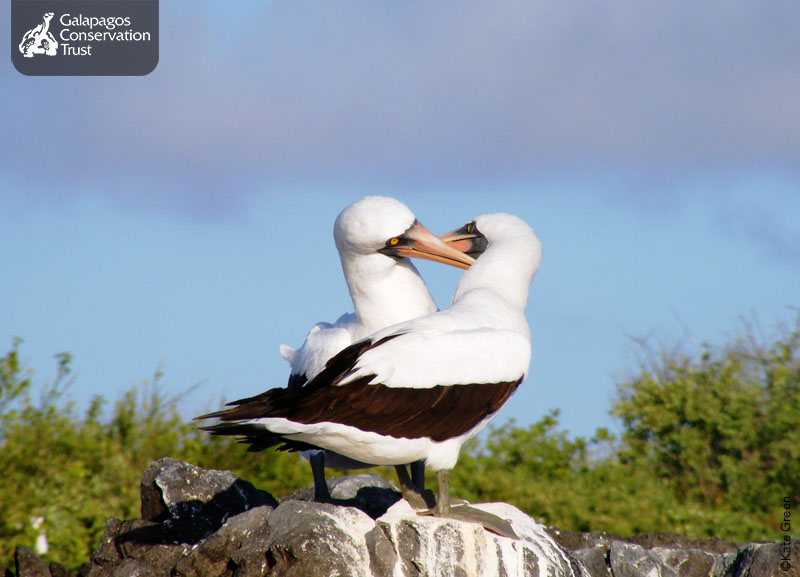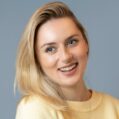
What to see in November
November is the last month in the Garua, or dry, season; the day-to-day weather is relatively cool and dry, with sunny or overcast skies and occasional drizzle.
Generally good weather due to a seasonal transition. Maximum air temperature is 26°C with lows of 21°C. Skies are usually clear for an average of 3.5 hours each day, with an average of 1.3cm of rainfall in the highlands. Overall, Galapagos experiences generally good weather throughout the month of November.
The average water temperature slowly rises in November, with an average of 23°C, meaning the sea water can be a little colder than other months, with the Humboldt continuing to push very cold, fresh, nutrient-rich water full of plankton across and along the Archipelago. This means visibility is not at its peak, but it also means that many species of marine life are at their most active and abundant, so it can be a great time to snorkel as amazing marine encounters are very common. Frigatebirds are frequently seen wheeling over head above ships, borrowing the slip stream.
Blue-footed, red-footed and Nazca boobies all nest throughout the month as well as waved albatrosses, and magnificent and great frigatebirds. Flightless cormorants and greater flamingos are also breeding and nesting so you may be lucky enough to spot a chick or two.

Nazca booby breeding behaviour ©Kate Green
There are less than 1,000 breeding pairs of Galapagos penguins remaining, so you will be lucky if you see some breeding during your November stay. The parents seem to be overwhelmed with the abundance of new fish on their menu, and are often busy feeding and fighting for the best dinner. November is the main breeding season for brown noddy terns and band-rumped storm petrels begin their second nesting period.

Humpback whale ©Jen Jones
November sees the green sea turtle breeding cycle begin, with pairs beginning to mate. Galapagos sea lions are sexually active on the eastern side of the Archipelago and may be breeding even though it is still pupping season. Galapagos fur seals, the smallest eared seal in the world, also top the charts for relaxing the longest on land – spending 70% of their time out of the water. In November, you might be lucky to see their pups throughout the Archipelago. Dolphin and whale spotting is very common in the Bolivar Channel crossing between Fernandina and Isabela islands.
November also means that some species of jellyfish can be seen around the islands. The genus Physalia is commonly seen floating around Gardner and Tortuga islets. Some can also be seen stranded on the shores of Flour Beach on Floreana island.

